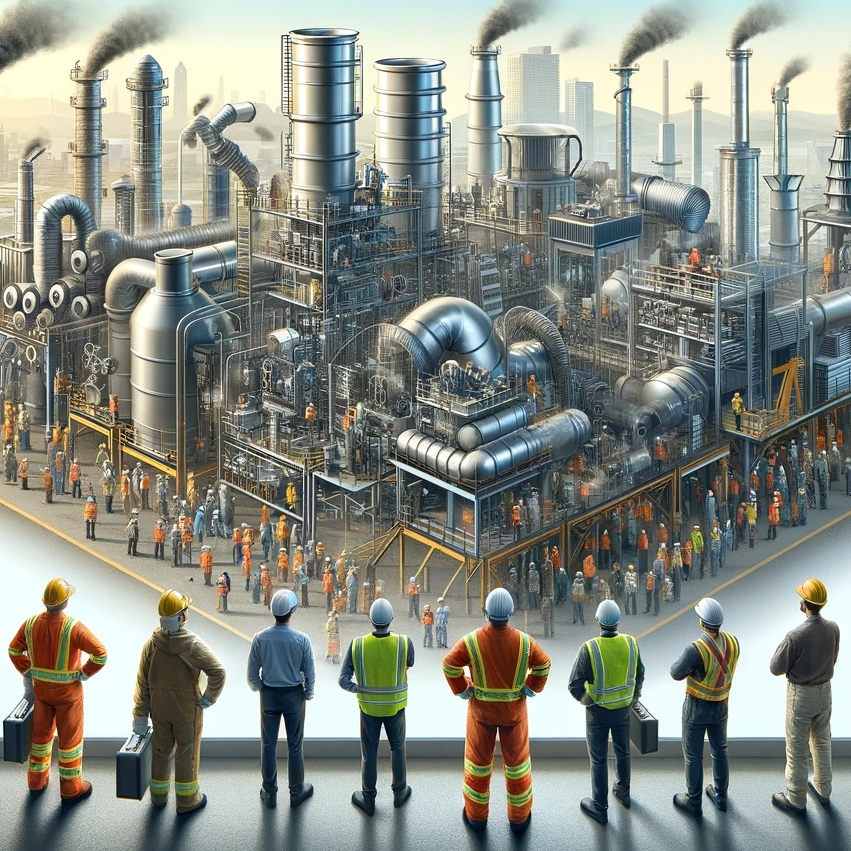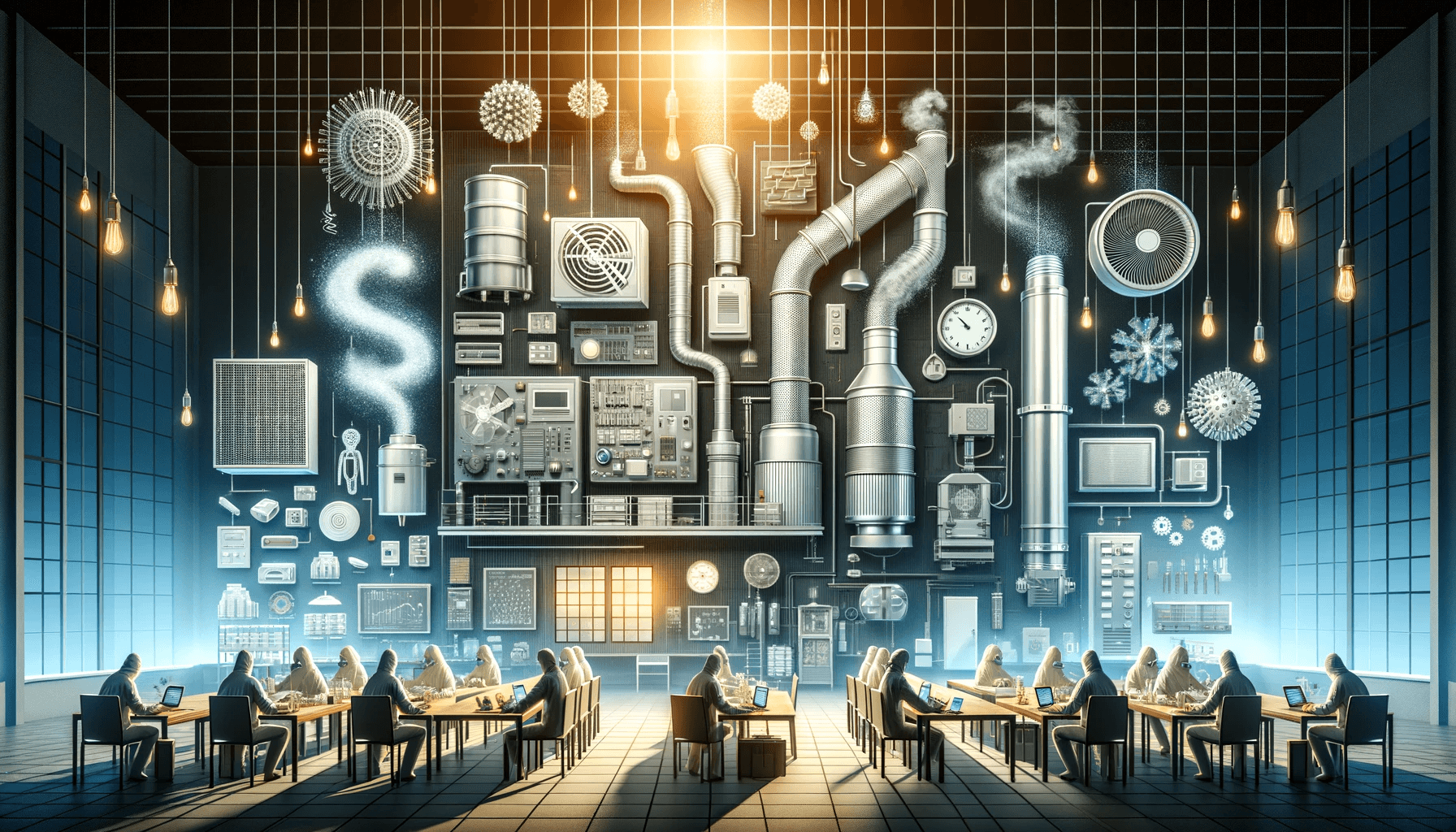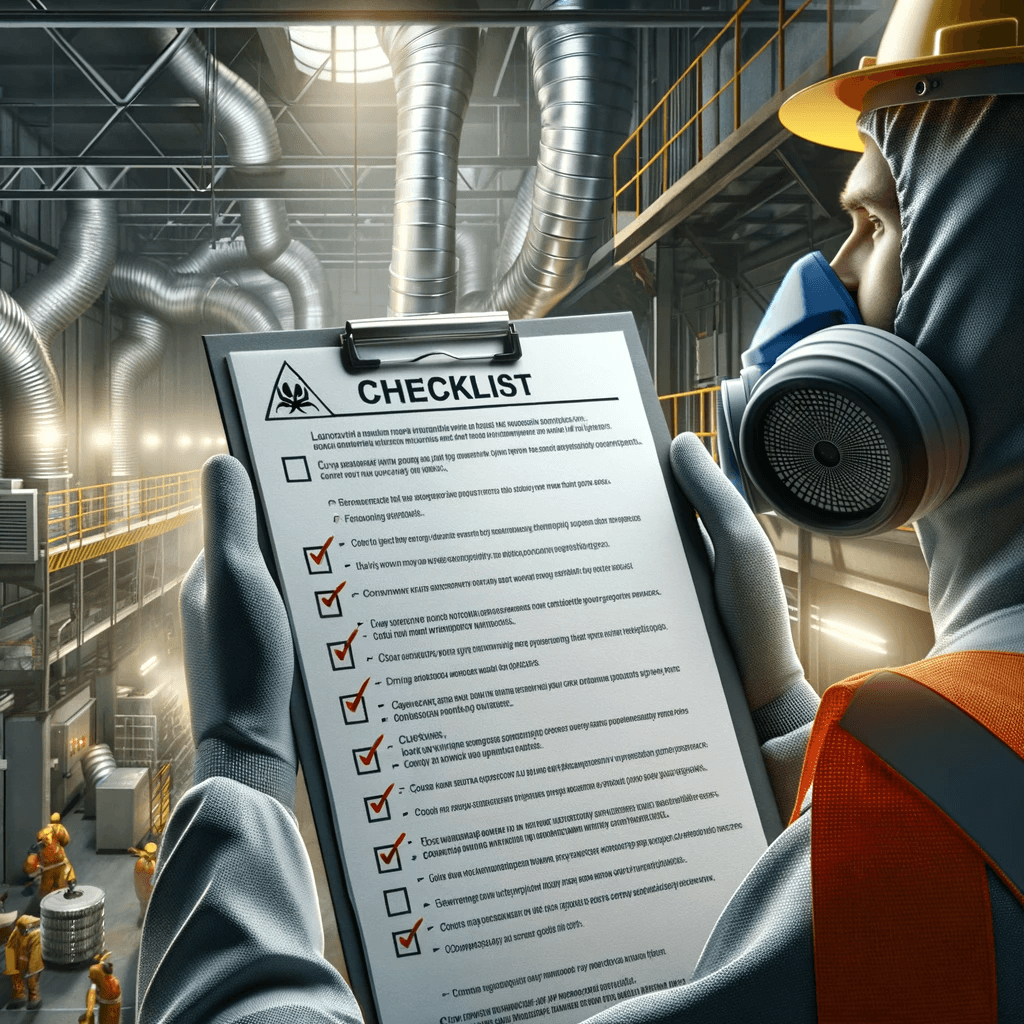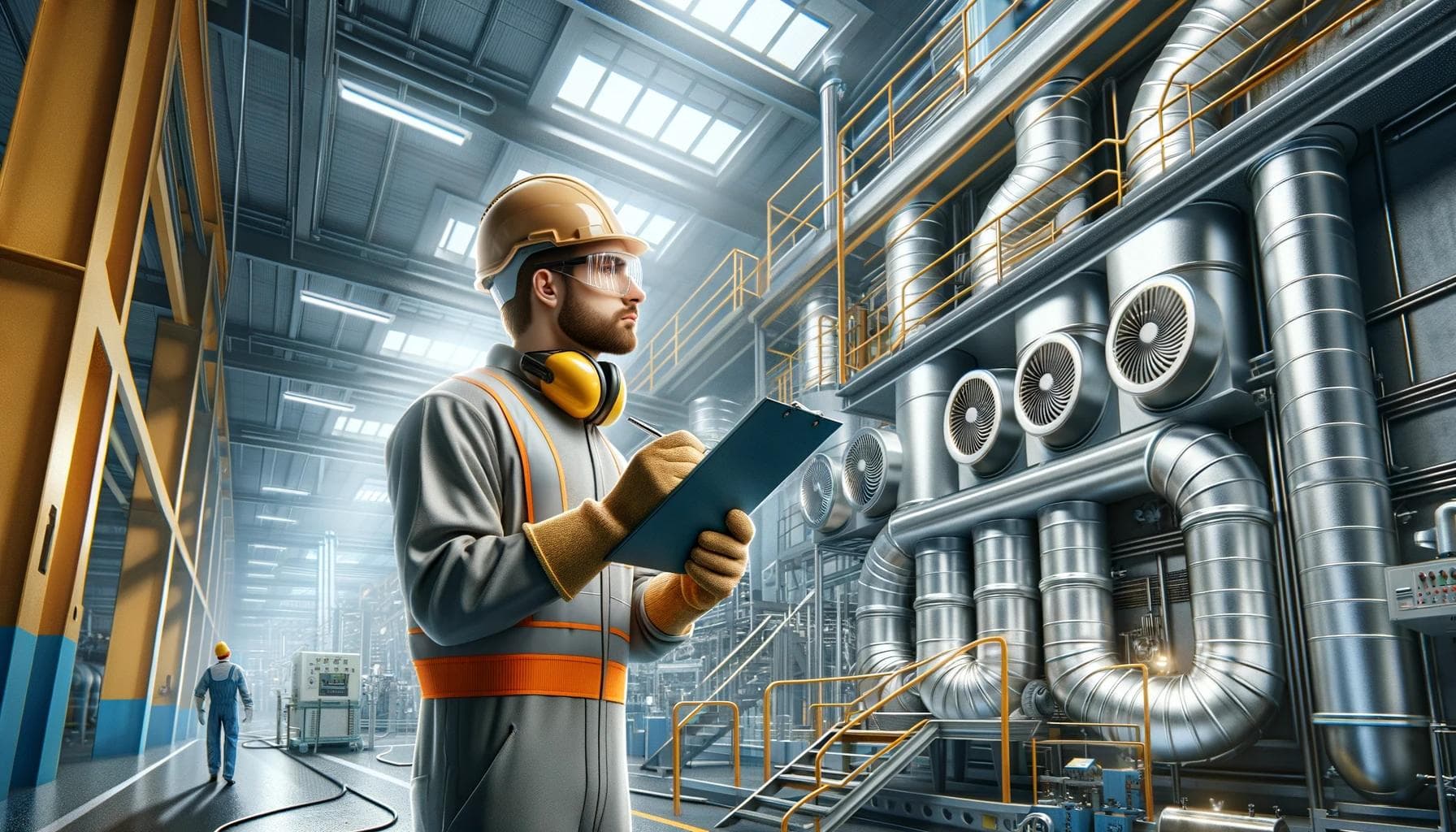
Understanding the Limitations of Local Exhaust Ventilation
Local exhaust ventilation (LEV) systems play a pivotal role in maintaining a safe and healthy work environment, particularly in industrial settings where hazardous substances may be present. These systems are designed to remove contaminants at the source before they have a chance to disperse into the workplace air. However, as with any engineering control, there are inherent local exhaust ventilation limitations that industry professionals should be aware of.
At WBT Services Ltd, operating across the UK, we understand that informed decisions stem from a grounded knowledge of the equipment at hand. In this article, we will discuss the limitations of LEV systems, guiding you through the potential challenges you may encounter and how to best navigate them, ensuring the health and safety of your workforce and the efficiency of your operations.
Capacity and Design Constraints
One of the primary local exhaust ventilation limitations arises from the systems' inherent design and capacity constraints. LEVs are engineered to target specific types of contaminants and are most effective when dealing with emissions at their source. If the design of the LEV doesn't match the particular demands of a process – for instance, if it's not correctly sized or the capture velocity is inadequate – performance will suffer, leaving residual contaminants in the air.
Moreover, it is essential that the design of the LEV is tailored to the processes it is meant to control. A 'one size fits all' approach rarely works when it comes to effectively capturing and controlling contaminants at source. As an example, a system designed for welding fumes may not be suitable for dealing with fine pharmaceutical powders.
Maintenance and Performance
Periodic maintenance is non-negotiable when it comes to LEVs. If not serviced regularly, these systems can experience a decrease in performance, which can lead to system failure and increased exposure to harmful substances. Filters, hoods, ducts, and fans need regular checks for blockages, damage, and general wear and tear. Unfortunately, local exhaust ventilation limitations can be exacerbated if maintenance regimes are not adhered to, potentially resulting in breaches of workplace safety regulations.
Performance can also be limited by incorrect usage by employees. If workers are not adequately trained on how to operate the LEV systems or if they fail to use them correctly, the efficiency of these systems will be compromised. For instance, if an operator positions a hood too far from the work process, the contaminant capture efficiency drops significantly.
Installation and Space Requirements
The practical limitations of installing an LEV system can also act as a significant barrier. Industrial workspaces vary greatly in size and layout, and the integration of an LEV system must be thoroughly planned. Not all environments are amenable to the ductwork and components required, particularly where space is limited. This can lead to the need for customised solutions, which can be more costly and time-consuming to implement.
Furthermore, the installation of LEV systems can disrupt existing workflows and require considerable downtime, which may be a constraint for operations with continuous production schedules.
Technological and Material Limitations
Local exhaust ventilation limitations also extend into technological constraints. These systems are not universally effective for all types of contaminants. For certain substances like pervasive gases and vapours, LEVs may offer limited control, and additional measures such as dilution ventilation or personal protective equipment (PPE) might be required.
Material limitations can also pose challenges, particularly in corrosive environments. The materials used to construct LEV components must be compatible with the substances they are meant to handle. For example, acidic fumes can degrade certain types of ductwork, necessitating the use of more resistant materials, which can increase the cost and complexity of the system.
Environmental Considerations
Another limitation is the potential environmental impact of LEV systems. The extraction and filtration process can result in waste products that must be safely disposed of – a process that is highly regulated and often expensive. Companies need to balance the safeguarding of their workforce with their environmental responsibilities, ensuring that the waste handled by their LEV systems is disposed of in line with current regulations.
Energy Consumption and Cost
Energy consumption is an important consideration when discussing local exhaust ventilation limitations. LEV systems, particularly those that service extensive industrial operations, can consume a significant amount of energy. This can lead to higher operational costs and a larger carbon footprint, counteracting the efforts to achieve a sustainable work environment.
Additionally, the initial investment, running costs, and potential downtime for maintenance can all contribute to the financial burden. Regular assessments and cost-benefit analyses can help determine whether an LEV system is the most economical option for maintaining air quality or if alternative strategies may be more viable.
Conclusion
At WBT Services Ltd, we recognise the invaluable role that LEV systems play in protecting workers and ensuring compliance with health and safety standards. However, understanding the local exhaust ventilation limitations is crucial for the correct application and continued effectiveness of these systems. Design and capacity constraints, maintenance requirements, installation challenges, material and technological limitations, environmental impacts, as well as energy consumption and cost, must all be carefully considered when implementing LEV solutions in the workplace.
For more detailed information on tailored industrial systems and solutions that account for these limitations, we invite you to visit WBT Services Ltd's website. Our experienced professionals are at your disposal, ready to ensure that your LEV systems meet your specific needs and regulatory requirements across the UK.


